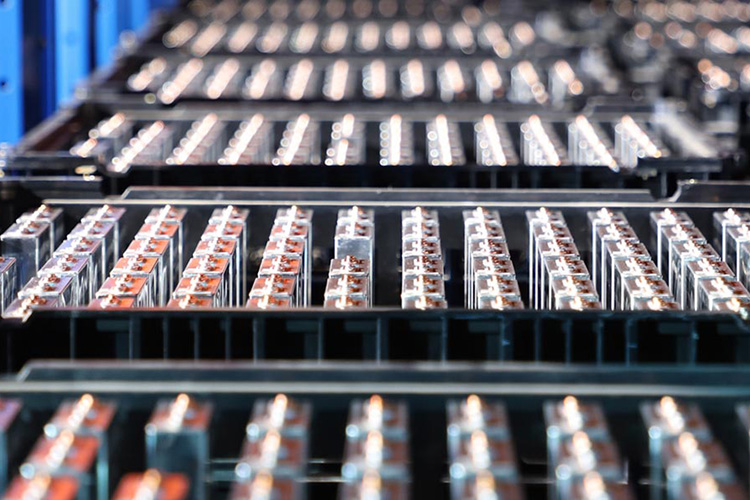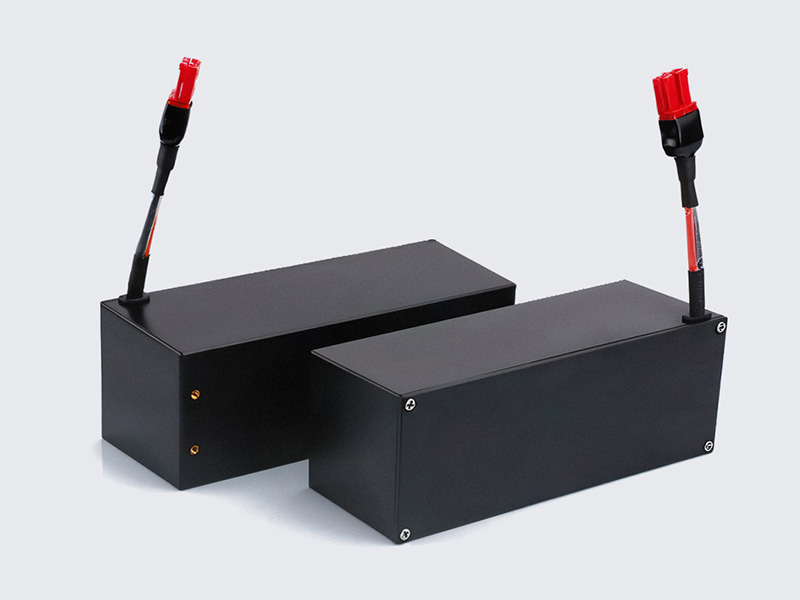-
Home
- About Liduo
- Product Center
- RV lithium battery
- Forklift lithium battery
- Wall mounted lithium battery
- Golf cart lithium battery
- Server rack battery
- lithium iron phosphate battery
- Solution
-
Portable battery
-
Power battery
-
Energy storage battery
-
Server battery
-
Special batteries
-
Household energy storage
- OEM Services
- R&D
- News

 Information center
Information centerAnalysis on the mainstream status of lithium battery in 3C digital products
2025-03-21In today's era of information and portability, 3C digital products such as mobile phones, lap and tablets have become an indispensable part of people's lives. Among the core components of these products, lithium batteries, with their unique advantages, have gradually replaced traditional nickel-metal hydride and nickel-cadmium batteries, and have become the mainstream choice in the market. This article will discuss why lithium batteries can dominate the 3C digital field from the aspects of energy density, cycle life, weight and volume, and environmental friendliness.
One of the biggest features of lithium batteries is their excellent energy density. Compared with traditional batteries, lithium batteries can store more energy in the same volume or weight, which means that 3C products equipped with lithium batteries can have a longer service time to meet users' high requirements for battery life. For example, smartphone users expect their devices to work for a whole day or more without charging, and lithium batteries are key to achieving this goal.

Lithium batteries have a long cycle life, that is, the number of times the battery can be reused during the charge and discharge process is much higher than other types of batteries. This not only reduces the frequency of user replacement, reduces the long-term use cost, but also reduces the burden on the environment. For consumers who pursue cost-effective and sustainable development, the long life characteristics of lithium batteries are undoubtedly an important attraction.
As 3C digital products become more and more thin and light, the weight and volume of the battery has also become an important consideration in the design. Due to the advantages of its material characteristics and manufacturing process, lithium batteries can achieve a thinner volume and lighter weight while maintaining a high energy density. This lightweight design makes the product more portable and improves the user experience.
Worldwide, awareness of environmental protection is growing, and consumers and businesses are seeking more environmentally friendly solutions. Lithium batteries do not contain heavy metals, such as mercury, lead, cadmium, etc., which can cause serious pollution to the environment during production and waste. Therefore, lithium batteries, as an environmentally friendly energy choice, have been favored by more and more consumers.
In summary, lithium batteries have become the mainstream power supply in 3C digital products by virtue of their significant advantages in energy density, cycle life, lightweight design and environmental friendliness. With the continuous progress and innovation of technology, the future lithium battery is expected to further improve the performance, expand the scope of application, and continue to consolidate its leading position in the field of consumer electronics.- Previous:Already the first article
- Next:Green Power Tour: Lithium battery revolution for sightseeing cars and golf carts
-
About Us
Company Profile History Organizational Honor -
Product Center
Forklift lithium battery Rv lithium battery Wall-mounted lithium battery Golf cart lithium battery -
Solution
Energy storage battery Power battery Server battery -
Know us
News center Contact us -
Contact us
0769-89333805 No. 78, Puxing East Road, Qingxi Town, Dongguan City mg@redwaycn.com
Copyright 2025 Dongguan Liduowei new energy Co., LTDTechnical support:Emore - About Liduo

